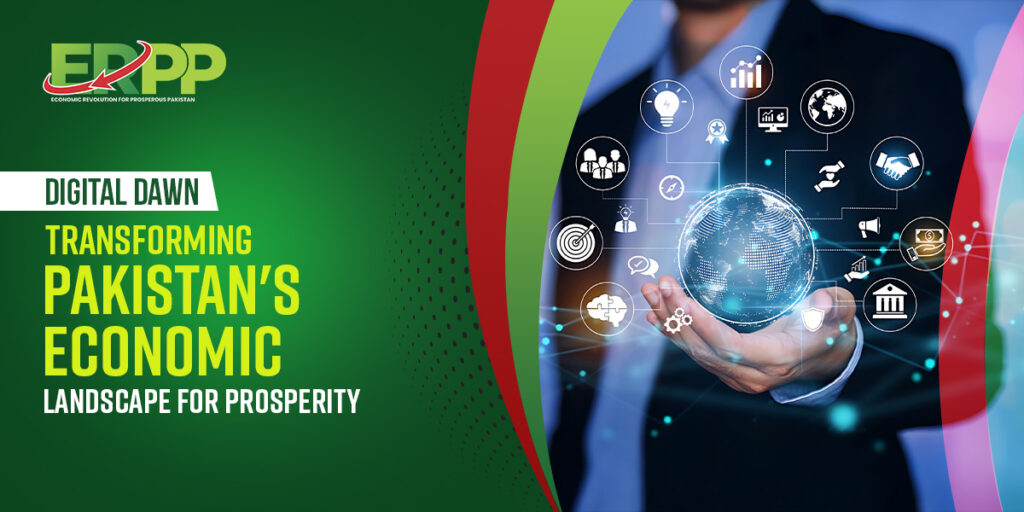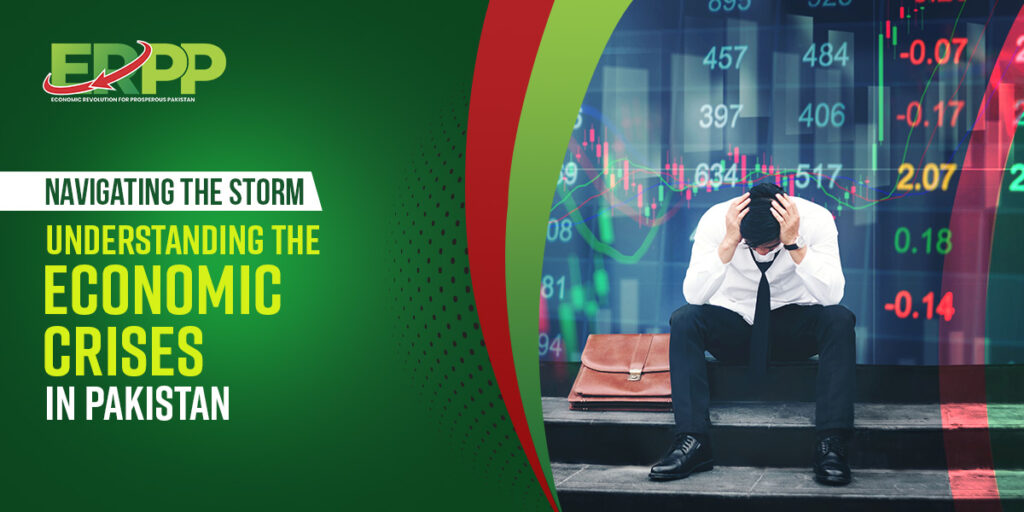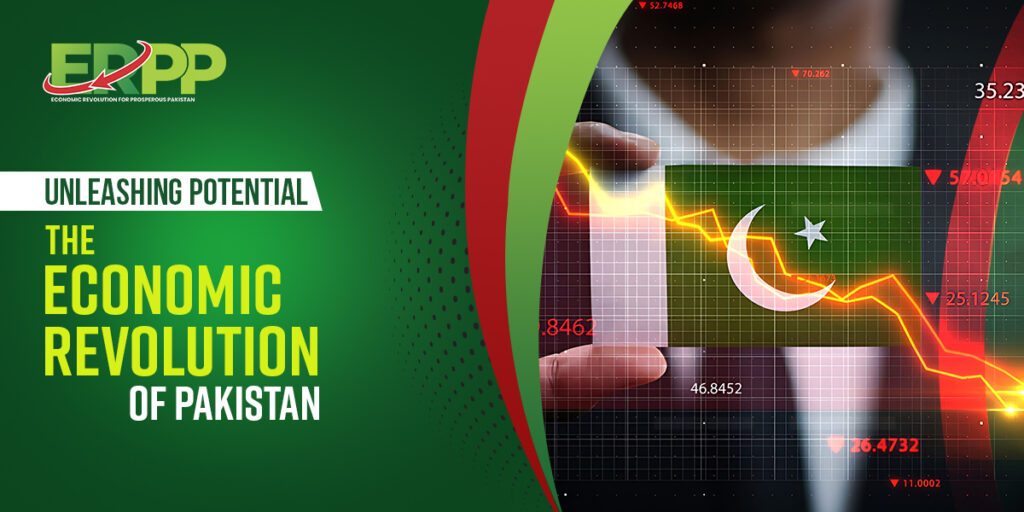Introduction:
In recent years, Pakistan has faced a formidable economic challenge that has tested the resilience of its financial landscape. The nation, known for its rich cultural heritage and diverse landscapes, is grappling with an economic crisis that demands a comprehensive understanding of its root causes and a strategic approach to recovery. In this blog, we will delve into the factors contributing to the economic crisis in Pakistan, its multifaceted impact, and explore potential pathways towards sustainable recovery.
Structural Challenges:
One of the fundamental issues contributing to the economic crisis in Pakistan is a set of deep-rooted structural challenges. These include inefficient tax systems, institutional weaknesses, and a high level of informal economic activity. Addressing these structural issues is essential for creating a foundation of economic stability and resilience.
Balance of Payments and External Debt:
Pakistan’s persistent trade imbalances and a growing external debt burden have exacerbated the economic challenges. The nation’s dependence on imports, coupled with a slow pace of export growth, has led to a widening current account deficit. Managing external debt and achieving a sustainable balance of payments are critical aspects of any recovery plan.
Inflationary Pressures:
Inflation has been a persistent concern in Pakistan, eroding the purchasing power of the common citizen. The rise in prices of essential commodities and services has put a strain on households, particularly those with limited income. Containing inflationary pressures is crucial for restoring the confidence of consumers and investors alike.
Energy Crisis:
A chronic energy shortage has plagued Pakistan’s industrial and commercial sectors, hindering productivity and economic growth. The inability to meet the energy demands of a growing population and industrial base has led to frequent power outages, negatively impacting businesses and deterring potential investors. Addressing the energy crisis is paramount for stimulating economic activity.
Political and Security Concerns:
The economic crisis in Pakistan is not isolated from broader political and security challenges. Political instability and security concerns have created an environment of uncertainty, deterring foreign direct investment and hindering economic growth. Building political stability and ensuring a secure environment are essential components of any recovery strategy.
Unemployment and Social Impact:
The economic crisis has had a profound impact on the job market, leading to increased unemployment rates. The social repercussions are far-reaching, affecting the well-being and livelihoods of countless families. A comprehensive recovery plan must prioritize job creation and social welfare initiatives to mitigate the adverse effects on the population.
Reforms and International Assistance:
Addressing the economic crisis requires a multifaceted approach that includes structural reforms, fiscal discipline, and international collaboration. Implementing policies that encourage transparency, efficiency, and accountability can pave the way for sustainable economic recovery. Furthermore, seeking support from international financial institutions and fostering partnerships for development projects can provide the necessary resources to overcome immediate challenges.
Conclusion:
As Pakistan confronts its economic crisis, the road to recovery is undeniably challenging but not insurmountable. A holistic approach that addresses structural weaknesses, external imbalances, energy shortages, and social impact is essential. The nation must draw upon its resilience, harness international support, and implement strategic reforms to emerge stronger from the current economic challenges.
In conclusion, understanding the complexities of the economic crisis in Pakistan is the first step towards crafting a comprehensive recovery plan. With concerted efforts from policymakers, businesses, and the public, Pakistan has the potential to not only navigate through the storm but also emerge as a more resilient and economically vibrant nation. The journey to recovery may be arduous, but the collective will to overcome challenges can pave the way for a brighter economic future for Pakistan.



